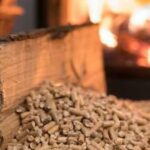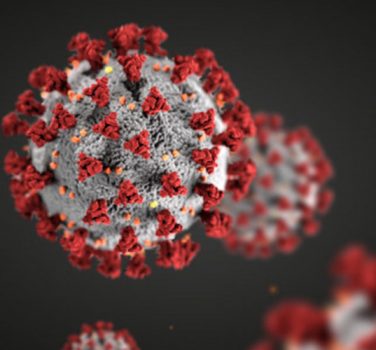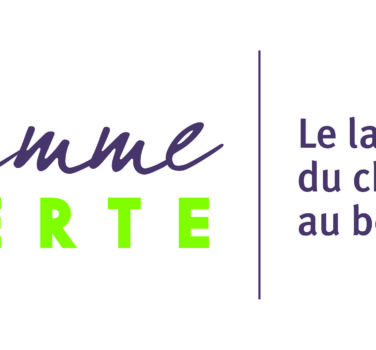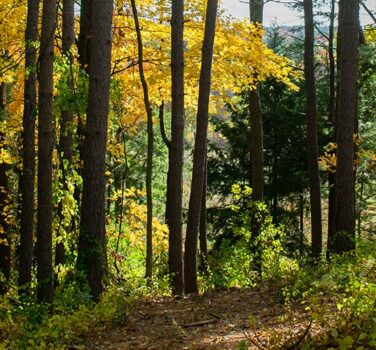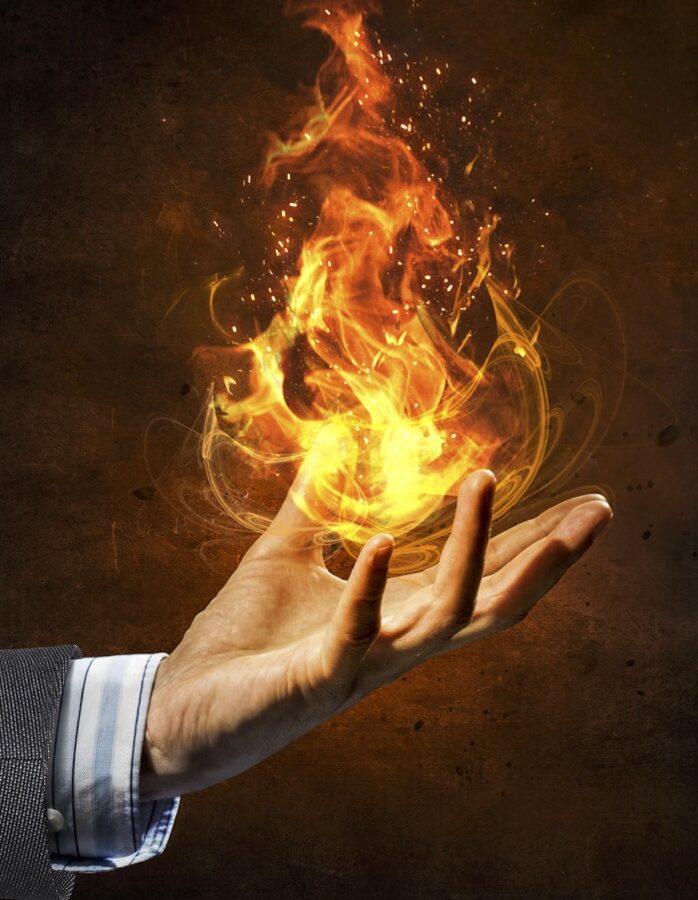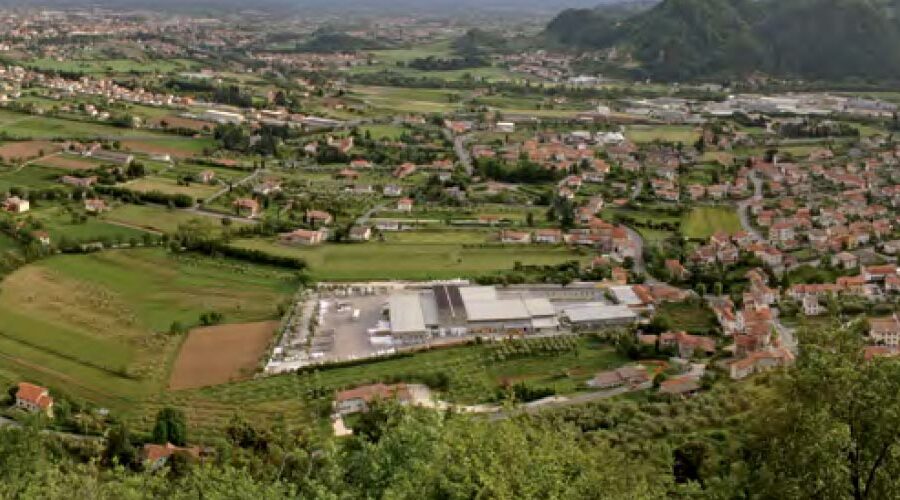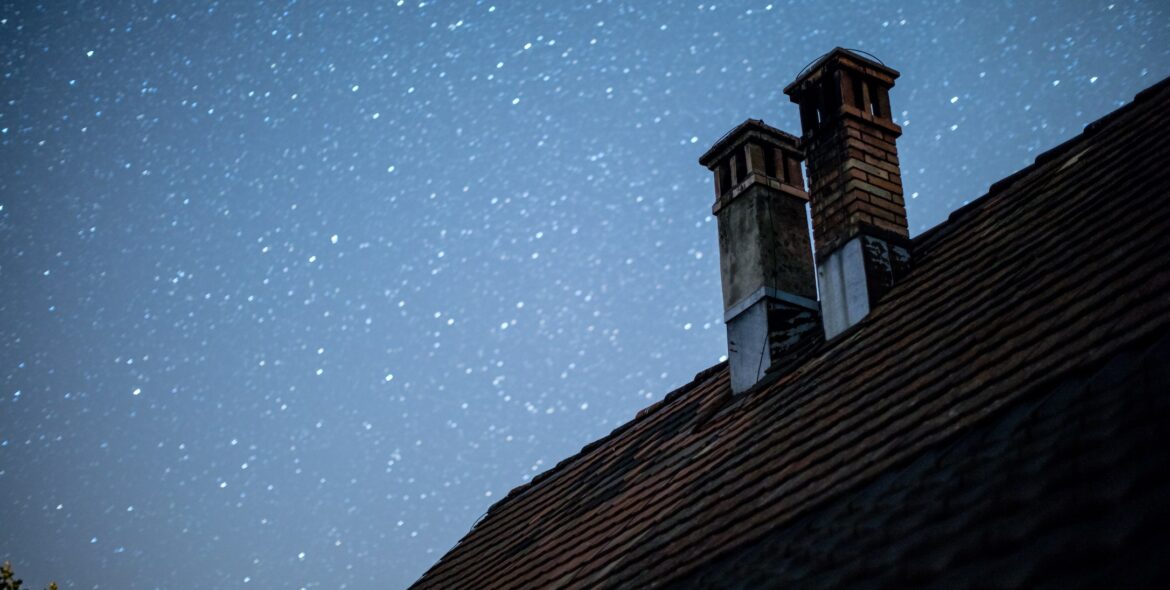
- 0
- 838
- 0 likes
Cleaning the chimney, how and when it should be done
Fire is an ideal element to create a cosy atmosphere and to warm the environment, but it can also represent a danger if you are not careful. The combustion, in fact, determines with time the accumulation of soot and particulate matter that stick to the sides of the reed cell where the smoke passes. If these elements are not removed regularly, they could catch fire. The cleaning of the flue pipe therefore becomes one of those operations that must be carried out periodically, otherwise there is a risk of smoke returning to the house, thus jeopardising the safety of the entire environment.
The draught is very important for the proper functioning of the flue pipe. If this is not optimal, there is a risk that the house will be invaded by smoke, soot and unbreathable fumes. In order to avoid this situation it is essential to proceed with cleaning. This must be done, however, only by a qualified professional as the law does not tolerate domestic improvisation with consequent risks to the safety of people.
Cleaning the chimney, here is how to do it
Cleaning the steel flue is not a complex operation, but it is nevertheless risky and requires special tools for its execution. Precisely for this reason they are called specialised companies, as the annual cleaning must be certified as required by law. Those who carry out the cleaning use specific techniques and use special protections to avoid direct contact with toxic substances. The room where the stove or chimney is located is covered to prevent soot contamination.
A circular brush connected to a rope is used to scrape the chimney from beginning to end, passing it several times if necessary. At the end, looking at the chimney with a torch, you will see the walls smooth and regular. Before starting to do this operation, in all cases, it is a good idea to climb to the top of the chimney, on the roof to check that there are no nests or birds that have made their nest there.
How often does it have to be done?
It is good practice to carry out annual maintenance for gas heating systems, while it is recommended to clean the chimney 3 times a year for solid fuels, such as wood. Obviously a lot depends on how much the stove is used, but in general you should not exceed 12 months between cleaning. If you do this once every 12 months the best time is at the beginning of autumn before you start using it, to prevent it from catching fire the first time you light it.
However, it is necessary to require urgent cleaning of the flue pipe when you smell burning or when you notice soot falling from the duct or when you notice smoke in heated rooms. For the cleaning of the flue pipe, the relative standard is UNI 10683, which establishes the annual frequency of cleaning to be carried out by qualified personnel. The certification is a protection in case of fire, otherwise it is considered responsible.
